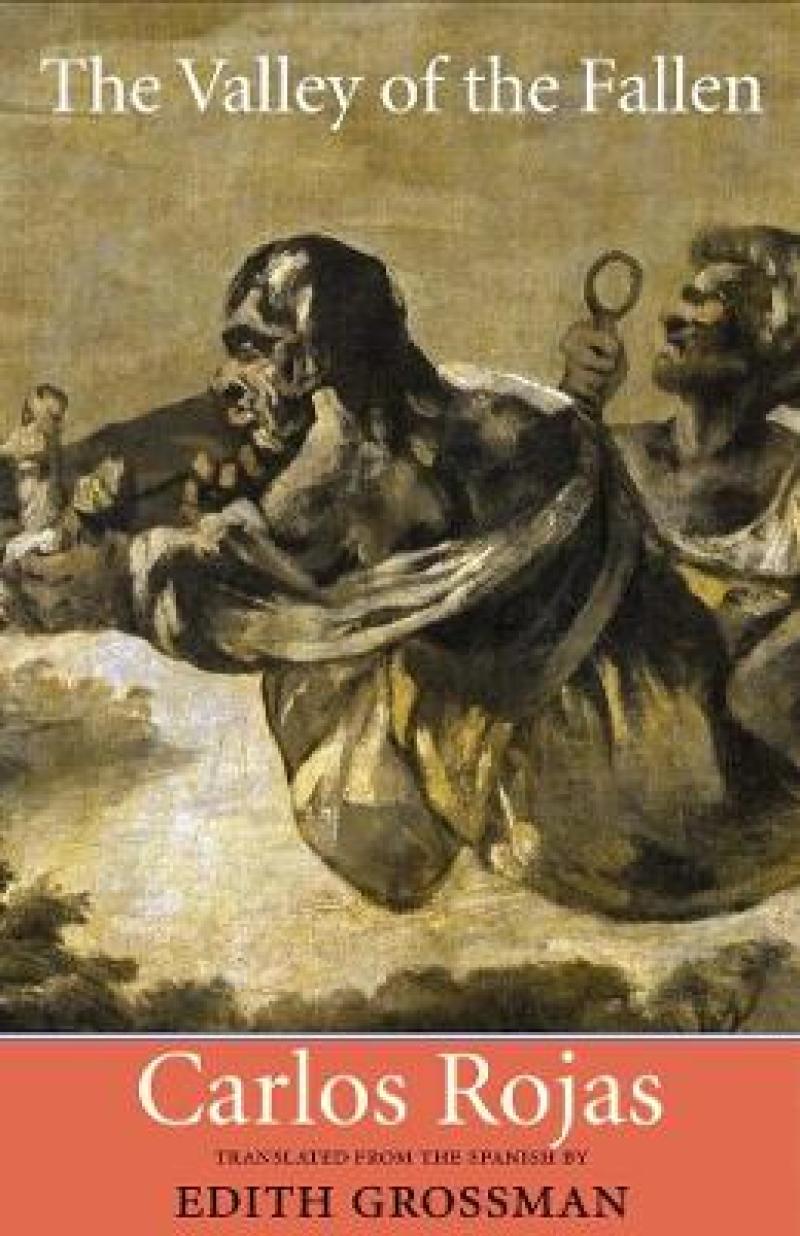“Entwining different timelines, Carlos Rojas’s <i>The Valley of the Fallen </i>links Goya’s prophetic visions to the modern history of Spain and the life of his biographer.”—Ben Eastham, <i>TLS</i><br /><br />“A writer of unusual range . . . The oneiric plays a fundamental part in much of Rojas’s work, and in <i>The Valley of the Fallen </i>it is a permeable membrane through which history and the present communicate, at first in snatches, until reality breaks down and the characters grow aware of their frailty, their subservience to the hidden whims of a friend they call R., a stand-in for Rojas himself.”—Adrian Nathan West, <i>New York Review of Books</i><br /><br />
This historical novel by one of Spain’s most celebrated authors weaves a tale of disparate time periods: the early years of the nineteenth century, when Francisco de Goya was at the height of his artistic career, and the final years of Generalissimo Franco’s Fascist rule in the 1970s. Rojas re-creates the nineteenth-century corridors of power and portrays the relationship between Goya and King Fernando VII, a despot bent on establishing a cruel regime after Spain’s War of Independence. Goya obliges the king’s request for a portrait, but his depiction not only fails to flatter but reflects a terrible darkness and grotesqueness. More than a century later, transcending conventional time, Goya observes Franco’s body lying in state and experiences again a dark and monstrous despair.
Rojas's work is a dazzling tour de force, a unique combination of narrative invention and art historical expertise that only he could have brought to the page.

